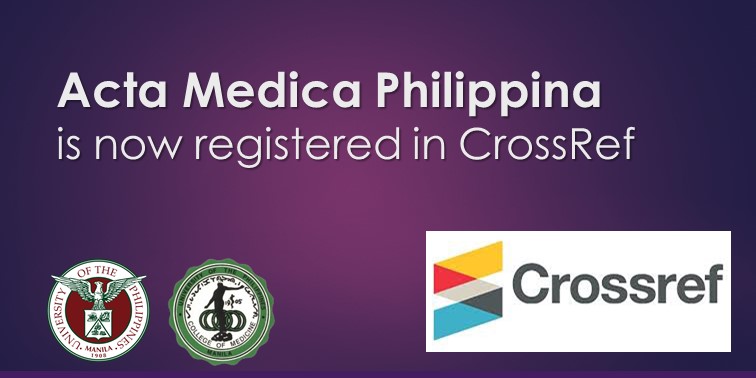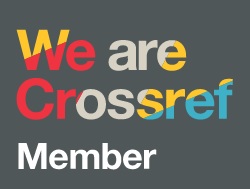A Scoping Review on the Status of Clinical Simulation in Healthcare Education in the Philippines
DOI:
https://doi.org/10.47895/amp.v59i6.11554Keywords:
clinical simulation, simulation-based education, simulation training, scoping review, healthcare education, PhilippinesAbstract
Background. Simulation immerses learners in guided replications of real-life experiences. Simulation-based learning in the health profession allows trainees and professionals to practice skills in a controlled environment using various modalities, enhancing patient safety and minimizing clinical errors.
Objective. To describe the profile of Philippine studies on clinical simulation in healthcare professional education and assess the methodological quality of these studies.
Methods. We conducted a scoping review of studies on clinical simulation studies in healthcare education in the Philippines. We followed the methods for scoping review and reported using the PRISMA Scoping review checklist. We searched for relevant studies from electronic databases (PubMed, Scopus, CENTRAL, Herdin, and Cochrane) as of May 17, 2024, and summarized descriptive data on the characteristics of the study, population, clinical simulation technique, and outcomes, using graphical summaries and tables. We assessed the methodological quality of included studies using the Modified Medical Education Research Study Quality Instrument (MMERSQI).
Results. We included 13 studies mostly published in the 2020s (7), by faculty as main author (9), with hospital affiliation (10), single-center (11), setting in NCR (11), analytic (10), medical field (10), educational purpose (7), using task trainers (5), low- to medium-fidelity (11), with technical competencies (mostly skills) as desired outcome (9), median sample size of 40, and including mostly postgraduate level participants (7). There was moderate methodological quality (median MMERSQI score, 51 [range, 40, 77] with the ‘type of data’ item being highly reported and ‘validity of instrument tool’ item poorly reported.
Conclusion. The observed gaps in methodological rigor, study design, and fidelity of simulation techniques in healthcare education in the Philippines highlight opportunities for advancing the field. Future research should aim to address these gaps, particularly by increasing the use of RCTs, enhancing the validity of measurement tools, and incorporating comprehensive simulation components.
Downloads
Published
Issue
Section
License
Copyright (c) 2025 Acta Medica Philippina

This work is licensed under a Creative Commons Attribution-NonCommercial-NoDerivatives 4.0 International License.




.jpg)



